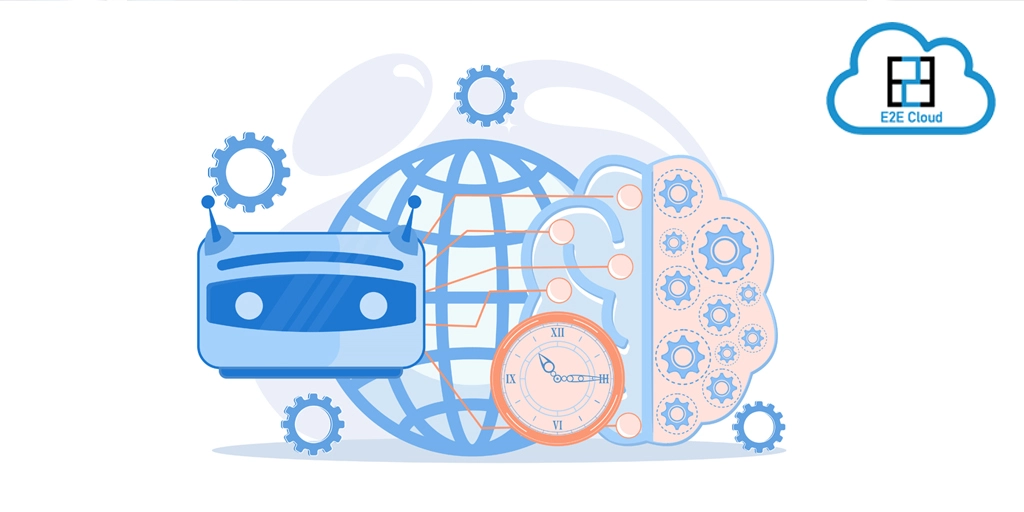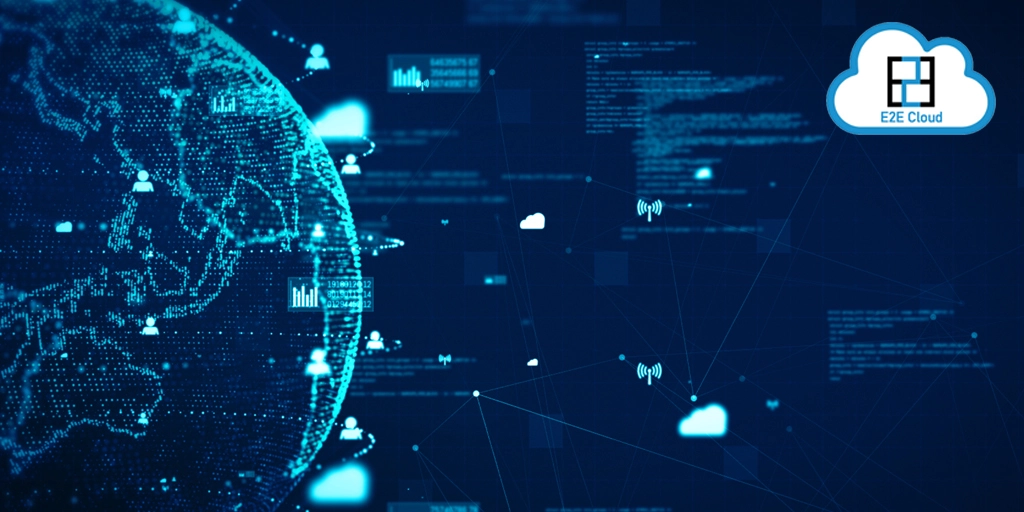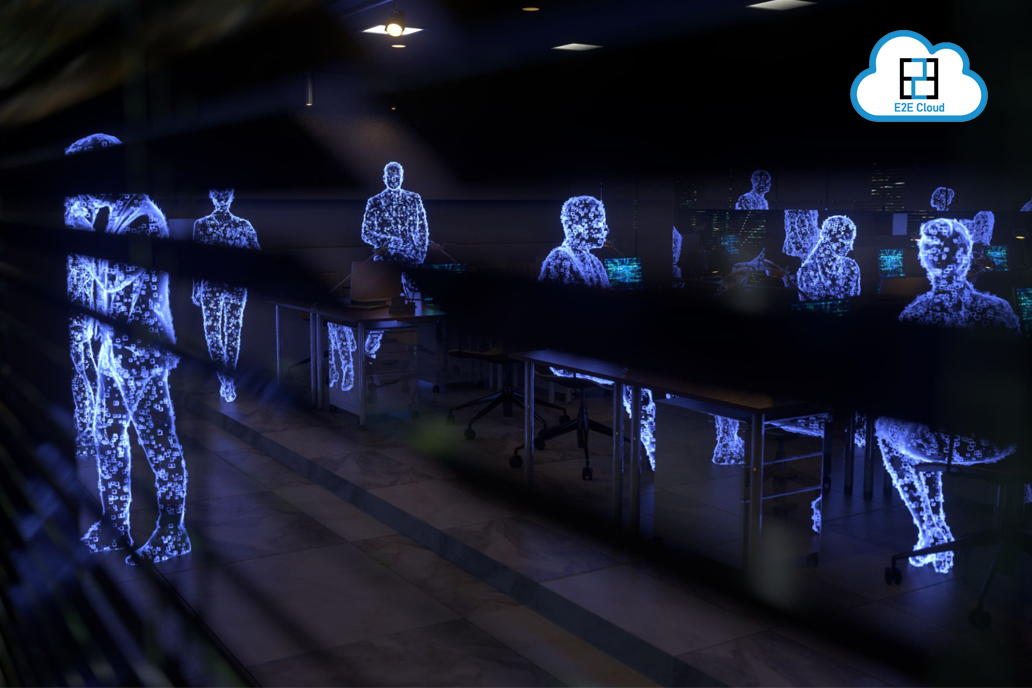E2E's Database as a Service, or DBaaS, is a cloud-based service that offers users a secure, flexible, scalable, and on-demand platform. E2E's DBaaS focuses on self-service, easy Database management, and performance and usage tracking and provides enterprises with a database solution that is simple to use and easy to manage. As the database takes a more central role within data-heavy, application-focused IT Departments, E2E's DBaaS fills a very important need in this space.
Here are 7 reasons why using the E2E Database as a service will be beneficial for your organization.
1. Rapid or Worry-free Provisioning
Rapid or on-demand, Worry-free database provisioning takes a shorter period of time and within minutes in comparison to the days or weeks it might take a physical database to process the same information, it's the biggest benefit and allows you to save a lot of time and cost. E2E's DBaaS saves time by launching a database cluster with just a few clicks.
2. Easy to use
You can use the E2E's DBaaS, the Database Command Line Interface, or simple API calls to access the capabilities of a production-ready database in minutes.
E2E Networks DBaaS instances are pre-configured with parameters and settings appropriate for the engine and class you have selected. You can launch a DBaaS instance and connect your application within minutes. DataBase Parameter Groups provide granular control and fine-tuning of your database.
3. End-to-end security
E2E DBaaS runs in your account’s private network, which isolates communication at the account or team level. Requests via the public internet can still reach your database, but only if you whitelist specific local IPs. Data is also encrypted in transit and at rest. The database is highly secure, restricting access to the external environment with Firewall. It Provides the necessary option for you to optimize the setting so that only a known and existing host will be able to connect with your database. Remotely maintaining the database from different servers creates a ‘by-default’ security mechanism that prevents security breaches. The database being off-site means you prevent on-site breaches.
4. Automated failover
In the case of a failure or Host Down, DBaaS Instance will automatically migrate to a standby Host to minimize downtime. It is a part of a high-availability approach or part of a disaster recovery (DR) approach.
5. In-Build Database Management
You can easily Manage and Maintain your database via E2E MyAccount Portal. Here you can check and manage Database and Connectivity, Database Access Port, Security Setting, Master/Slave Configuration, User and Database Details, and also Database start/stop/restart/rename process.
6. Availability and Durability
The automated backup feature of E2E's DBaaS enables point-in-time recovery for your database instance. E2E's DBaaS will backup your database and transaction logs and store both for a user-specified retention period.
DBaaS snapshots are user-initiated backups of your instance stored in our Storage Server that are kept until you explicitly delete them. You can create a new DBaaS instance from a database snapshot whenever you desire.
7. Monitoring and Metrics
E2E DBaaS provides database instance metrics for your database instances at no additional charge. You can use the E2E MyAccount Portal to view key operational metrics, including compute/memory/storage capacity utilization, I/O activity, and instance connections. E2E's DBaaS also provides Enhanced Monitoring, which provides access to over CPU, memory, file system, and disk I/O metrics, and Performance Insights, an in-build tool that helps you quickly detect performance problems and Slow Log queries. You can set up new alerts by defining trigger parameters as per your use case for your database. The alerting system works by sending automatic response notifications to your defined email list.


.png)







